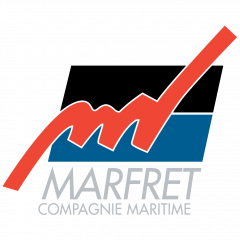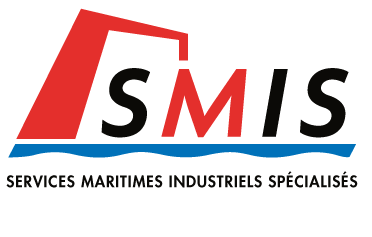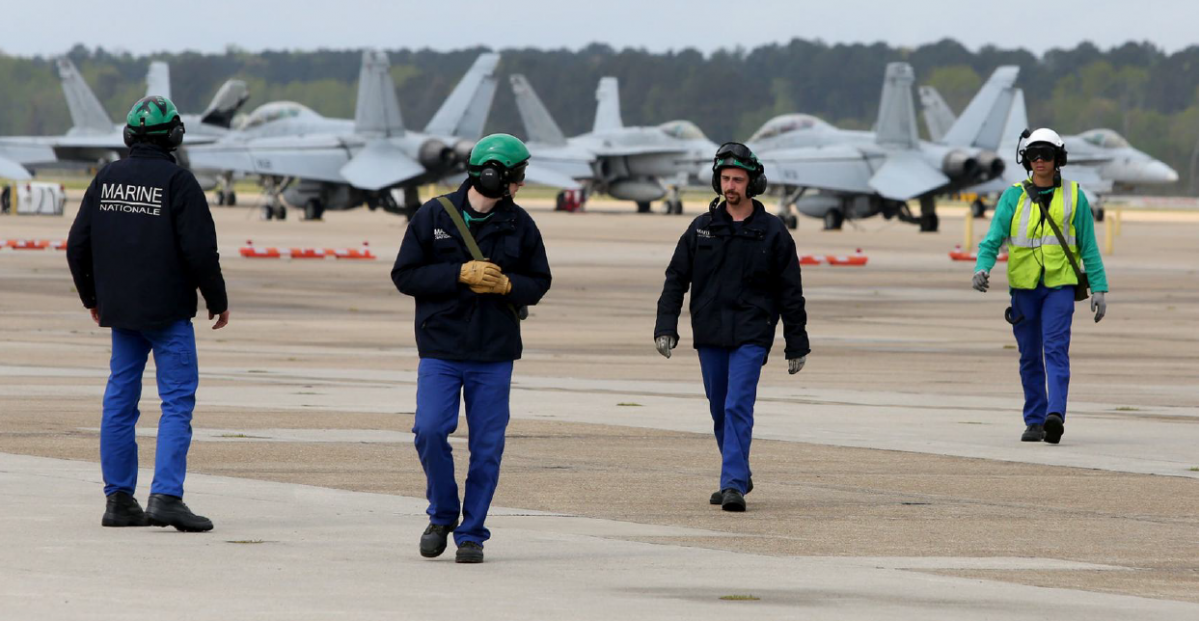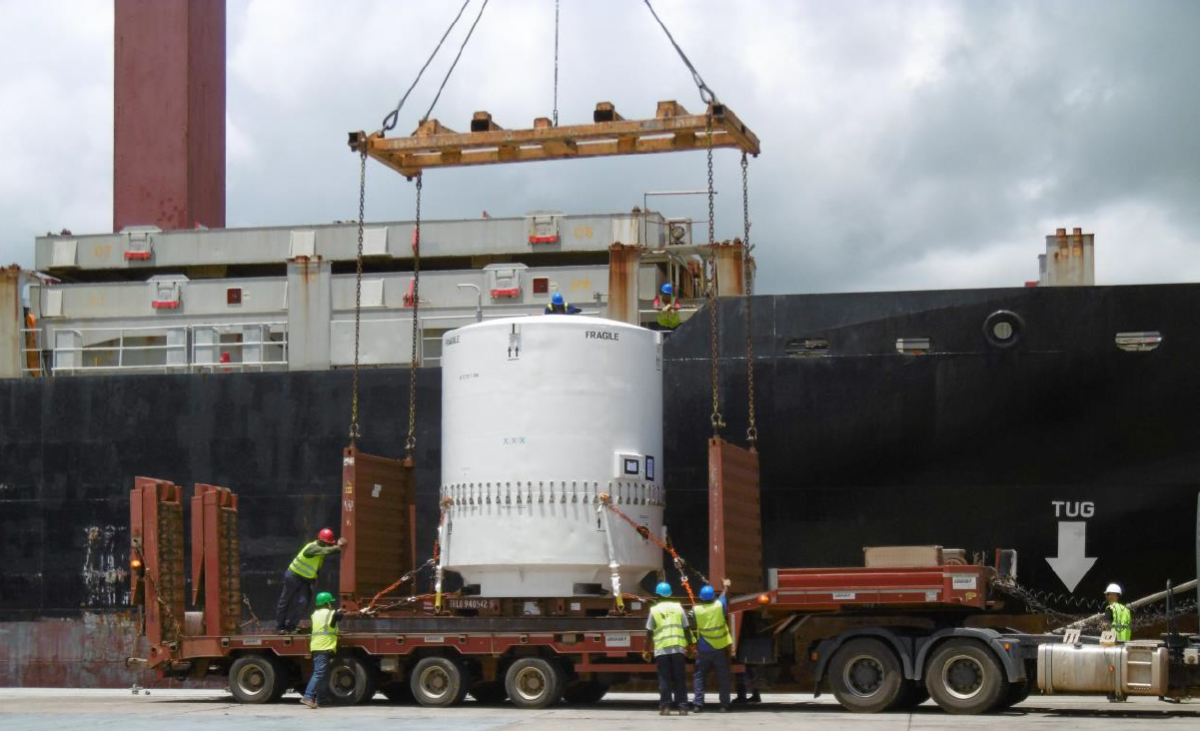SMIS is Marfret’s division specializing in moving industrial and other large or special loads by sea and multimodal means.
With a network of agents and its end-to-end control of the logistics and transport chain, Marfret offers comprehensive, turnkey solutions that provide its clients with savings in cost and time and reduce risks.
Whether it’s space cargo capsules, satellites, entire factories, navy ships or racing yachts, the projects handled by Marfret’s SMIS division are designed to solve the problems inherent in carrying heavy and/or oversized consignments, calling on all of Marfret’s expertise as ship owner, chartering agent, stevedoring company, freight forwarder, ship’s agent and logistics services provider.
A specialized Project Department
In a world of standardization imposed by the ISO container, special transport requires the ability to analyze costs and assess risks and technical feasibility to undertake tailored solutions. Marfret’s project team has this ability. For each project, SMIS delivers a door- to- door solution that takes into account:
- sea, road and inland waterway transport options by conventional cargo or container;
- ship loading and unloading protocols (using slings, lifting platforms, etc.)
- routing and delivery schedule constraints
A trusted network
The SMIS division is backed by a network of agents in over 30 countries. This permanent presence on the ground gives it a huge advantage in terms of local knowledge of regulations and customs and cost factors in the Caribbean, Mediterranean, Pacific, Central and South American zones where Marfret is strongest.



